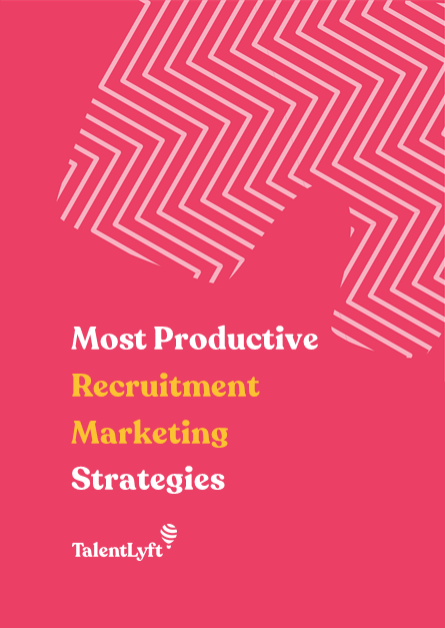
These 11 recruitment content ideas used by big brands will inspire you and help you get creative with your own recruitment content. You will also learn top 3 recruitment marketing tips for creating great recruitment content.
These 11 recruitment content ideas used by big brands will inspire you and help you get creative with your own recruitment content. You will also learn top 3 recruitment marketing tips for creating great recruitment content.
Before I present the top 11 creative recruitment content ideas, I would like to turn your attention to the 3 main tips for creating great recruitment content:
First and probably the most important rule for creating great recruitment content is:
Know your audience.
Who exactly are you writing your content for?
The only way to provide a clear and precise answer to this question is by defining your candidate persona.
A candidate persona is a semi-fictional representation of your ideal candidate.
➡️ Check out our Guide for creating a candidate persona!
Here is our quick cheat sheet to help you get started:
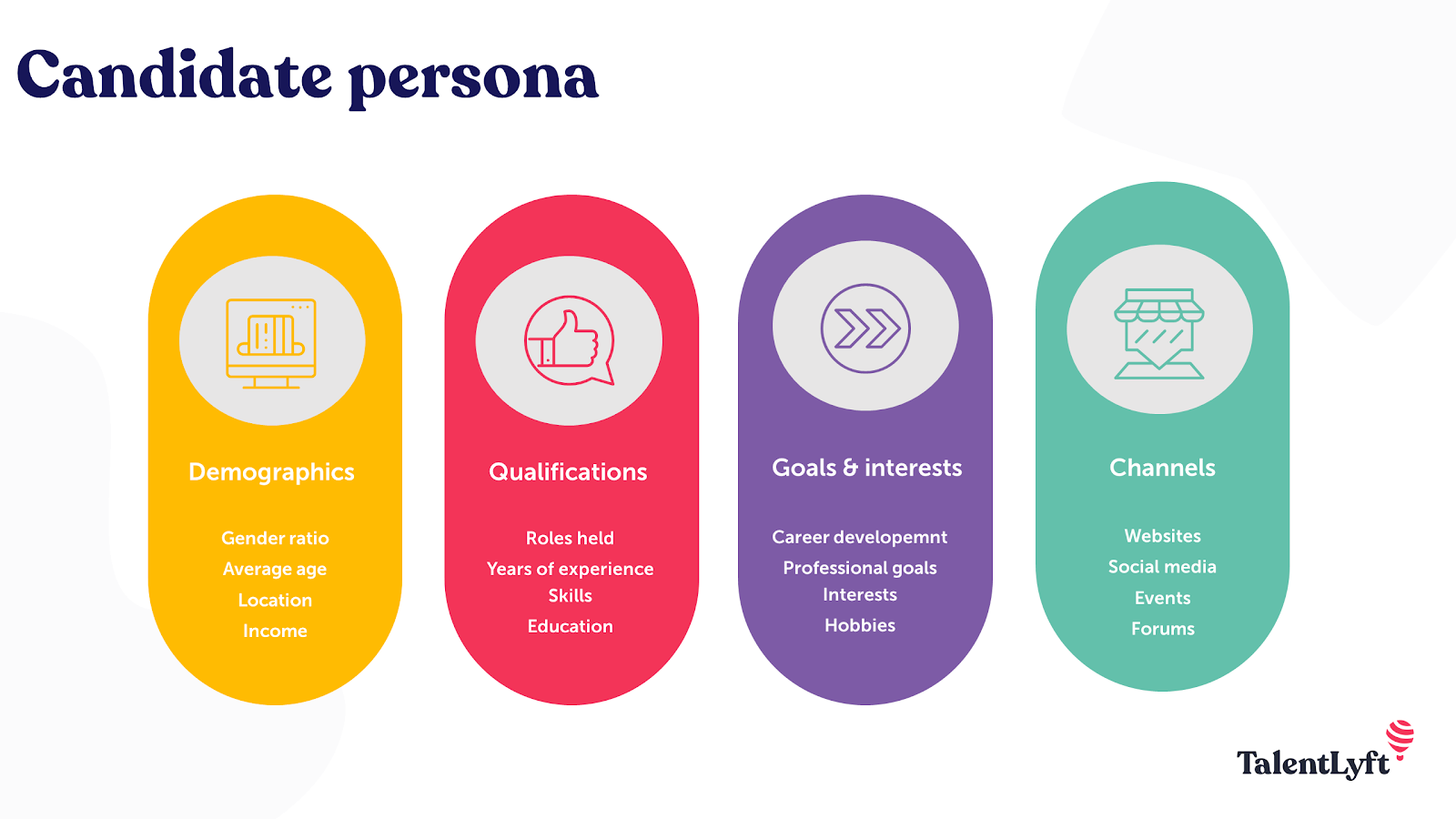
Now that you know exactly what type of candidate personas you are writing for, you need to put yourself in their position.
Imagine yourself in your candidates’ shoes.
Create the type of content that your candidate persona would find interesting and useful.
Your content should provide a straightforward answer to candidates’ basic question:
What’s in it for me?
When creating recruitment content, always keep your employee value proposition in mind.
Here is our cheat sheet for defining your employee value proposition:
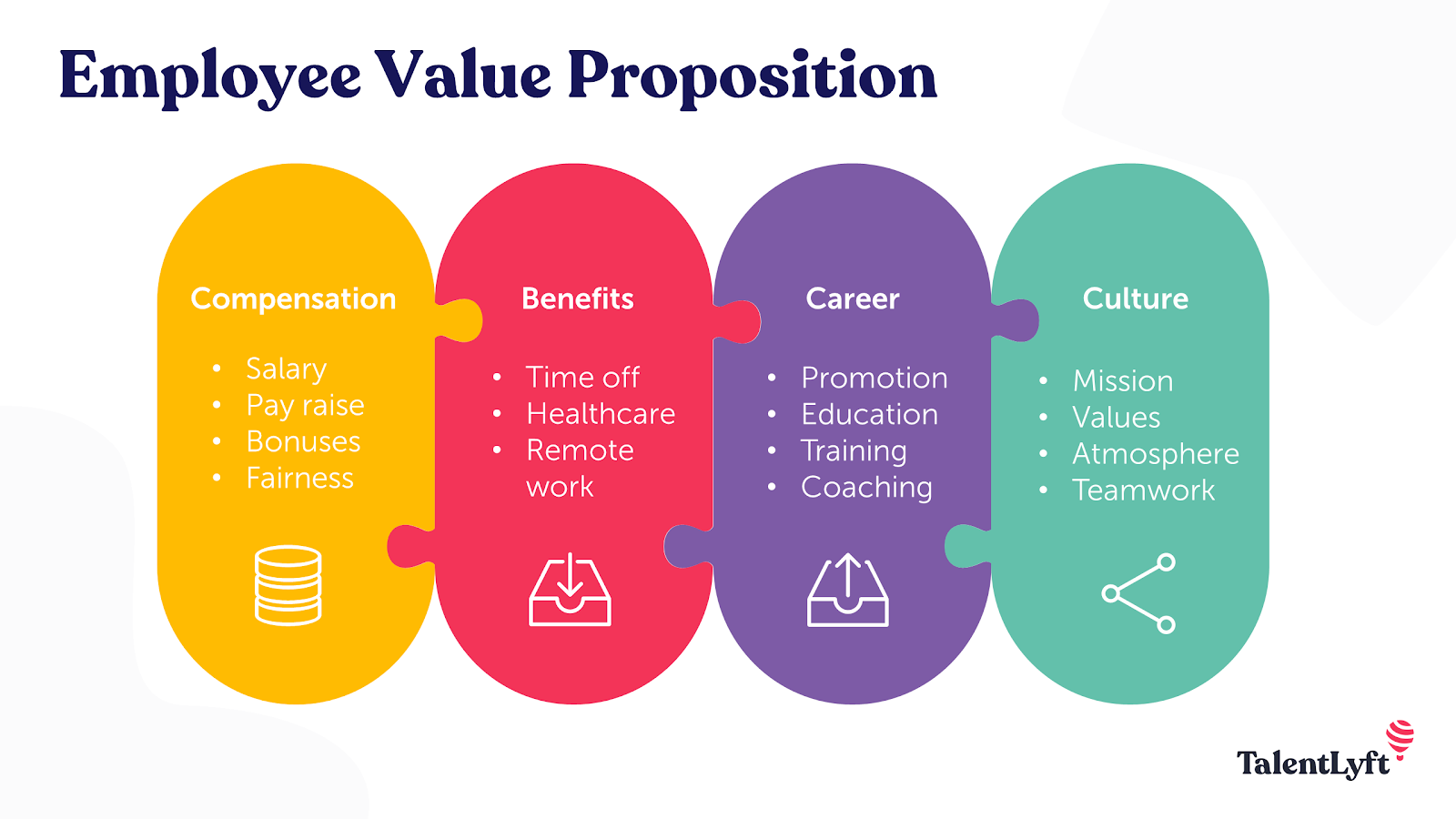
Be authentic and honest. Don’t be afraid to show your human side.
Candidates want to see real people behind your employer brand.
They are not interested in seeing glossy stock photos.
They want to see faces of real people they will be spending most of their day with.
Therefore, always use the real photos of your employees and your office to showcase your company culture.
Are you looking for more great recruitment marketing tips?
➡️ Check out our Guide: Most productive recruitment marketing strategies!
Let’s be honest - creating great recruiting content for every step of the candidate journey is hard.
Even the most successful recruiters and HR professionals sometimes run out of ideas.
Luckily, there are plenty of great recruitment content examples out there.
I have handpicked 10 most creative ones for you:
Put your recruitment content in a visually appealing and easily digestible format - create infographics!
Real-life example:
Check out this infographic by Hotjar that shows 5 stages of their recruiting process:
Incorporate podcasts into your application process!
Creating 5 minutes podcasts is a great way to let candidates quickly get a feel for the job - and the manager they’d be working under.
Real-life example:
The City of Edmonton added short recordings to their job descriptions to give candidates an immediate insight into what the job and culture are really like:
Quizzes are a great way to engage your candidates in an interactive way!
Create 5 to 10 simple questions that will help your candidates find out if they are a good fit for your open position and/or company culture.
Real-life example:
Edward Jones career page features a so-called Career Fit Tool - a quiz that consists of 8 questions which help candidates find their perfect role in this company:
Slideshares are another underutilized, but the great type of recruitment content.
They are visually attractive, interactive and best of all - easily shareable!
Real-life example:
Check out HubSpot’s amazing Slideshare presentation of their company culture, which is at the center of their career page:
If you were a candidate, wouldn’t you like to have an option of downloading a PDF brochure that contains all the most important information about the company?
You could easily print it out and use it to prepare for your interview!
Real-life example:
PwC has created a beautiful booklet to help their candidates learn more about PwC, their lines of service and why PwC is a great place to launch your career.
Check it out:
Questions your candidates ask are without any doubt the best source of inspiration for creating interesting and useful recruitment content.
Carefully study their questions and create content that provides answers!
Real-life example:
Philips has collected the most frequently asked questions about working at their company and provided all the answers at one place:
Creating interesting and useful recruitment videos your candidates will love is not as hard as you might think!
You don’t need a whole team of professionals and a big budget to do this - all you need is your mobile phone and a bit of audacity! 🙂
Real-life example:
L’Oreal creates great, relaxed live video chats on Facebook. Candidates can tune in with their questions and ask anything they want to know about interviewing at L’Oreal.
If they miss the live stream, they can watch the video later on L’Oreal’s youtube channel:
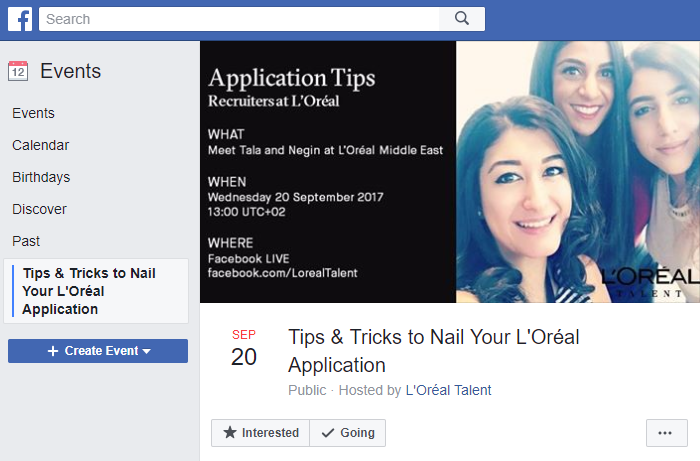
Another great recruitment video you can easily create is the video office tour.
Again, all you need is your mobile phone. Don’t worry about your video being perfect.
Candidates actually prefer DIY videos, because they present a more honest view of your company culture.
Real-life example:
Finnish developer Nitro Games invites candidates to take a guided tour of their offices to show them what a day in the life of a developer is truly like:
Decision trees are another great type of content that can be successfully utilized in recruitment marketing.
Use them to present your career paths and different roles within your company as help candidates choose the one that best fits their interests and needs.
Real-life example:
Check out this great career path decision tree on Saskatchewan Crop Insurance Corporation (SCIC)’ career site:
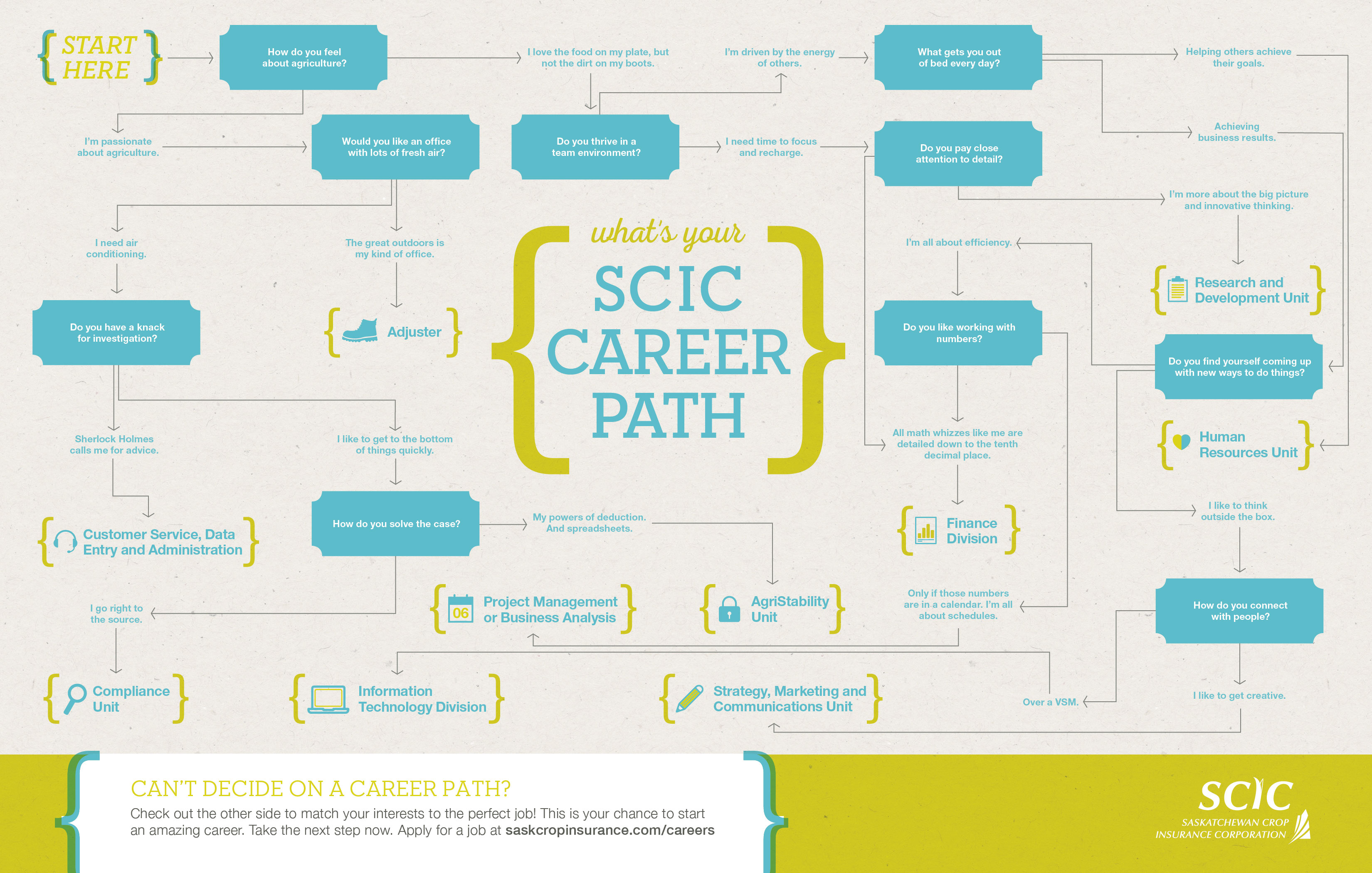
Create “Meet the recruiter” section on your career page and introduce your recruiters.
Seeing a friendly, real persons' face will help calm candidates’ interview anxiety.
Real-life example:
ATB Financial features smiling photos of their recruiters, along with their favorite interview questions and tips about what they look for in candidates.
They also encourage candidates to reach out to their recruiters on LinkedIn to engage in meaningful connections and conversations:
Career blog posts are another piece of recruitment content that can be very interesting and useful for your candidates.
In these blog posts, you can cover a whole range of different topics, from general career advice to your employee insights and industry news.
Real-life example:
Allianz has a really amazing career blog! Besides career advice, it also features employee insights and a great explanation of insurance in a nutshell.
Check it out:
If you’re looking for more real-life examples of awesome recruitment content by big brands, check out our blogs:
Hopefully, these examples will inspire you and spark your imagination! ✨
How can GitHub and Stack Overflow be utilized for tech recruitment?
GitHub and Stack Overflow are pivotal platforms for sourcing tech talent, offering insights into candidates' skills, contributions, and community engagement.
What are the key strategies for approaching tech talent on these platforms?
Key strategies include personalized outreach, understanding the candidates' work and contributions, and engaging with the tech community to attract potential candidates.
How can recruiters stand out when contacting candidates on GitHub and Stack Overflow?
Recruiters can stand out by personalizing their messages, showcasing their company's tech projects, and actively participating in the community.
Why are personalized approaches important on these platforms?
Personalized approaches demonstrate the recruiter's genuine interest in the candidate's work and help in building a rapport, making the interaction more impactful.
How does engaging with the tech community on these platforms benefit recruitment?
Engaging with the tech community helps in building the company's brand among potential candidates and facilitates networking with passive candidates who may not be actively seeking new opportunities.


